Americas Beverages: Basic Overview
Common Ingredients
Common Preparing Methods
Key Taste
Drinking Etiquette
Culinary Festivals
Influence and Fusion
Americas Beverages: Origin and Region
Cuisine
Continent’s Region
Classifications of Americas Beverages
-
Alcoholic Beverages
They include a variety of spirits like tequila from Mexico, rum from the Caribbean, and pisco from South America.
Local beers and wines also play a significant role.
-
Non-alcoholic Beverages
They encompass popular drinks such as coffee, herbal teas, fresh fruit-based juices, and sodas/soft drinks.
These drinks highlight the rich agricultural variety and culinary traditions.
Beverages of the Americas range from traditional drinks rooted in indigenous cultures to modern favorites influenced by global trends.
North America is renowned for its craft beer and whiskey, while Latin America offers a rich palette of spirits like tequila and rum. South America’s wine culture thrives in Argentina and Chile, countries famous for their vineyards.
Across the region, non-alcoholic beverages such as coffee, especially imported from Colombia and Brazil, play a significant role.
The beverages of the Americas have been influenced by a mix of indigenous traditions, colonial histories, and contemporary globalization.
Native ingredients and ancient practices have shaped traditional drinks, while European colonization introduced new techniques and crops, significantly impacting wine, beer, and spirits production.
Today, you can have a closer look at the Americas’ beverages, in which I’ll provide many insights about the 34 most well-known drink choices, traditional drinking culture, and global appeal of these drinks.
There is other information to explore regional beverage traits across the Americas and countries known for their famous drinks. Finally, don’t skip the food pairing with beverages from the Americas.
34 Popular Beverages of The Americas with Filters
Let’s explore the top 34 beverages in the Americas with this easy guide! They are ranked by popularity. It features advanced search options, letting you sort these drinks by popularity, their ingredients, flavors, and preparation methods.
But first, let’s take a quick glance at the key traits of the most popular, national, traditional, street beverages, exotic and fusion drinks.
Drinks like caipirinha use unique local ingredients, offering distinct flavors unfamiliar to many outside the region.
Innovative cocktails and non-alcoholic drinks combine traditional ingredients with global flavors.
Coffee
- Non-Alcoholic
- Traditional
Coffee is one of the most popular drinks across the Americas thanks to its rich, robust flavor. Its texture can vary from smooth to velvety, depending on the preparation.
Brazil leads as the top coffee producer globally. Following Brazil, Colombia is another major coffee producer, celebrated for its high-quality Arabica beans. Plus, Peru and Mexico are also notable contributions to the coffee market.
Overall, the coffee-based drink is a staple in countries like the United States and Canada, with Starbucks and Tim Hortons being popular commercial brands. In fact, 83% of Americans consume their coffee at breakfast.
Beer
- Alcoholic
- Traditional
Beer is an alcoholic beverage made from fermenting cereal grains, primarily barley, along with water, hops, and yeast.
Beer in the Americas ranges from large-scale breweries known worldwide to craft microbreweries, with the craft beer movement especially prominent in the United States, Brazil, and Canada.
They can be light lagers or dark stouts. Heineken, Budweiser, Guinness, and Corona are some famous brand names.
In Spanish-speaking parts of the Americas, beer is known as cerveza.
Wine
- Alcoholic
- Traditional
Many regions in the Americas offer several kinds of celebrated wine, from sweet whites to full-bodied reds. Ideal ones are Napa Valley in the United States, Mendoza in Argentina, and Chile’s Central Valley.
Cabernet Sauvignon, Pinot Noir, Merlot, Malbec, and Sauvignon Blanc are some well-loved wines in the region.
Sparkling wine also has a rapid growth, driven by consumer interest in spritz drinks and the aperitivo culture.
Soft Drink
- Non-Alcoholic
- Fusion
Dominating the beverage market, soft drinks like Coca-Cola, Pepsi, and Dr. Pepper are popular across the Americas.
They are sweet and carbonated refreshments that everyone loves.
Their widespread availability and variety make them a staple in nearly every household and dining establishment in the region.
Rum
- Alcoholic
- National
- Traditional
Originating in Barbados in the Americas, rum is a distilled alcoholic beverage made from sugarcane byproducts (like molasses) or directly from sugarcane juice through a process of fermentation and distillation.
Rum’s flavor profile can vary widely depending on the production method. They can be light and smooth to dark and full-bodied. Though it’s traditionally associated with the Caribbean, rum production has spread across the globe
Rum is an essential ingredient in numerous cocktails, such as Mojito, Daiquiri, and Piña Colada. You can also sip it neat or on the rocks.
Tequila
- Alcoholic
- National
- Traditional
Tequila is a famous Mexican distilled alcoholic beverage made from the blue agave plant.
The distilled product can be bottled as a “blanco” or “silver” tequila or aged in oak barrels to produce “reposado” (rested for two months to one year), “añejo” (aged for one to three years), or “extra añejo” (aged for more than three years) tequilas.
It can be consumed in various ways, including neat, with salt and lime (often referred to as “tequila shots” outside Mexico). It’s also best known internationally as the primary ingredient in margaritas.
Bourbon
- Alcoholic
- National
- Traditional
Bourbon is an American whiskey, known for its deep amber color with notes of vanilla, oak, caramel, and spice. It is considered America’s national drink.
Brands such as Jim Beam and Maker’s Mark are famous in the United States. You can enjoy it neat, on the rocks, or as a base for various cocktails, namely the Old Fashioned, the Mint Julep, and the Whiskey Sour.
This American whiskey was created in the 18th century. The name “bourbon” comes from Bourbon County, Kentucky.
Iced Tea
- Non-Alcoholic
- Traditional
Iced tea is a favorite drink in the United States, offering a refreshing, often sweetened beverage choice.
With variations from classic black tea to fruity and herbal infusions, brands like Lipton and Arizona have made iced tea a go-to drink for all ages.
This beverage is especially popular during warm weather.
Lemonade
- Non-Alcoholic
- Traditional
Lemonade, made from lemons, water, and sugar, is beloved throughout the Americas for its sweet and tangy flavor.
Commercial versions like Minute Maid and Simply Lemonade provide convenient, ready-to-drink options, while homemade recipes continue to be a summer staple.
Eggnog
- Alcoholic
- Traditional
Eggnog is a creamy beverage made with milk, eggs, sugar, and spices, often spiked with rum or bourbon.
It’s traditionally consumed during the holiday season in the United States and Canada.
Eggnog’s indulgent texture and warming spices make it a festive favorite. That’s why it’s the spirit of the holiday season.
Margarita
- Alcoholic
- Traditional
Margarita is a classic cocktail hailing from Mexico. It’s a harmonious blend of tequila, lime juice, and orange liqueur, often served in a salt-rimmed glass.
It features a perfect balance of sweetness, sourness, and saltiness.
Mojito
- Alcoholic
- National
- Traditional
Originating from Cuba, the Mojito is a refreshing mix of white rum, sugar, lime juice, soda water, and mint.
You can taste its sweetness, citrus, and mint flavors, which are intended to complement the potent kick of the rum, offering a tropical escape in a glass.
Sangria
- Alcoholic
- National
- Traditional
Sangria is a fruity and festive beverage from Spain. Sangria is made with red wine, chopped fruit, a sweetener, and a small amount of brandy.
Variations include white sangria made with white wine. This drink is popular across the Americas, especially at social gatherings, for its sweet, refreshing nature.
Piña Colada
- Alcoholic
- National
- Traditional
Originating from Puerto Rico, the Piña Colada is a sweet cocktail made from rum, coconut cream or coconut milk, and pineapple juice.
It’s usually served either blended or shaken with ice. Piña Colada offers a taste of tropical with the island’s laid-back, sunny vibes.
Hot Chocolate
- Non-Alcoholic
- Traditional
Originating from the ancient cultures of the Americas, hot chocolate was initially created by the Mayans and Aztecs, who valued cocoa beans both as currency and for their ability to create a frothy, bitter beverage.
Today, hot chocolate typically consists of shaved or melted chocolate or cocoa powder mixed with heated milk or water and usually a sweetener.
It’s often enjoyed with garnishments like whipped cream or marshmallows.
Guaraná
- Non-Alcoholic
- Traditional
Guaraná is a popular soft drink and energy beverage in Brazil, made from the guaraná fruit, which is native to the Amazon basin.
Guaraná drinks are known for their high caffeine content, offering a distinct, slightly astringent flavor. It also acts as a stimulant.
Mate
- Non-Alcoholic
- National
- Traditional
Mate (or chimarrão) is a traditional South American caffeine-rich infused drink. It’s made by steeping dried leaves from the yerba mate plant in hot water.
Locals normally serve mate with a metal straw from a shared hollow calabash gourd. Mate is deeply ingrained in the cultures of Argentina, Uruguay, Paraguay, and Southern Brazil.
Pisco Sour
- Alcoholic
- National
- Traditional
The Pisco Sour is a well-loved cocktail in Peru and Chile. It’s made from pisco (a type of grape brandy), lime juice, syrup, egg white, and Angostura bitters.
The cocktail has a frothy top from the egg white. It offers a smooth, sour, and slightly sweet taste.
Caipirinha
- Alcoholic
- National
- Traditional
The Caipirinha is Brazil’s national cocktail made with cachaça (sugar cane hard liquor), sugar, and lime.
The preparation of Caipirinha is both simple and artful: lime wedges are muddled with sugar to extract the lime juice and blend with the sugar granules, then cachaça is added. The mixture is normally topped with ice.
It’s a simple yet potent drink with a sweet, tangy flavor profile.
Mezcal
- Alcoholic
- Exotic
- Traditional
Mezcal is a distilled alcoholic beverage from Mexico, made from any type of agave plant native to Mexico.
Mezcal is similar to tequila but has a distinctive smoky flavor due to the underground roasting of the agave hearts.
This distilled alcoholic beverage can be sipped neat or used in cocktails. It has complex flavors and artisanal production methods.
Cider
- Alcoholic
- Traditional
Cider is a beloved beverage in North America, especially in regions like New England, where apple orchards are plentiful.
Cider is made from the fermented juice of apples and comes in both alcoholic and non-alcoholic varieties.
Its popularity surges in the autumn, aligning with the apple harvest and cultural festivities like Thanksgiving.
Root Beer
- Non-Alcoholic
- Traditional
Root beer is An iconic North American soft drink. Its distinctive flavor comes from the sassafras root or sarsaparilla plant.
Consumed initially as a small beer, a low-alcohol beverage, it is now a sweet, non-alcoholic drink. You can enjoy root beer with vanilla ice cream as a root beer float.
Ginger Beer
- Non-Alcoholic
- Traditional
Originally from the Caribbean, ginger beer is a spicy, sweetened, non-alcoholic beverage brewed with ginger.
It has gained popularity across the Americas as both a refreshing standalone drink and a mixer in cocktails like the Moscow Mule.
Horchata
- Non-Alcoholic
- Traditional
Originating from Latin America with variations across countries, horchata is a sweet, milky drink traditionally made from rice, almonds, or sesame seeds.
Common flavoring in horchata is cinnamon and sugar. It’s a refreshing accompaniment to spicy foods and a staple in Mexican cuisine.
Michelada
- Alcoholic
- Exotic
- Traditional
Michelada is a Mexican cocktail that combines beer with lime juice, assorted sauces, spices, and chili peppers.
It’s a savory, tangy beverage often enjoyed on hot days or alongside traditional Mexican delights.
Michelada is best served in a chilled, salt-rimmed glass.
Tequila Sunrise
- Alcoholic
- Fusion
- Traditional
Tequila Sunrise is a visually captivating cocktail that hails from Mexico. It has layers of the colors of a sunrise with orange juice, tequila, and grenadine syrup.
It’s a popular drink in bars and restaurants, showcasing the versatility of tequila beyond the classic margarita.
Rum Punch
- Alcoholic
- Traditional
Rum Punch is a festive drink with roots in the Caribbean. The cocktail combines rum with fruit juice, syrup, and sometimes soda or sparkling water.
The drink showcases the Caribbean’s abundant fruit and sugar cane. It’s typically enjoyed at gatherings and celebrations.
Maple Syrup Liquor
- Alcoholic
- Exotic
- Traditional
Maple syrup liquor is a unique North American liquor made by fermenting maple syrup. It highlights the importance of maple syrup production in regions like Canada and the northeastern United States.
Maple syrup liquor has a velvety texture and a well-balanced flavor that combines the warm, comforting notes of caramel, toffee, and vanilla with the woodsy sweetness of maple.
Chicha
- Alcoholic
- Exotic
- Traditional
Chicha is a traditional beverage in Latin America, particularly in the Andean regions. Traditionally, chicha is made from maize (corn), but it can also be made from other grains, fruits, or roots.
Its taste varies widely depending on the specific type of chicha and the ingredients used in its preparation. Chicha can be sweet or slightly sour.
The most traditional form, known as “chicha de jora,” is made from germinated maize (corn) fermented for several days to a few weeks.
Atole
- Non-Alcoholic
- Traditional
Atole is a Mexican and Central American hot beverage made from masa (corn dough), which is dissolved in water or milk.
It’s often sweetened with unrefined cane sugar (piloncillo), and flavored with cinnamon, vanilla, or chocolate.
This thick, creamy drink is typically consumed during breakfast or on special occasions like Día de Muertos (Day of the Dead) and Las Posadas.
Agua Fresca
- Non-Alcoholic
- Street Beverages
- Traditional
Agua Fresca is a light, refreshing drink popular across Mexico and the United States. Its name translates to “fresh water.”
The drink is made from a blend of fresh fruits, flowers, or seeds mixed with sugar and water. Common flavors include watermelon, hibiscus, lime, tamarind, and horchata (a variation made from rice).
Tereré
- Non-Alcoholic
- Exotic
- Traditional
Hailing from Paraguay and also popular in Argentina and Brazil, Tereré is a refreshing cold version of mate, a traditional caffeine-rich infused drink.
It is prepared with yerba mate and cold water, sometimes enhanced with lemon, mint, or other herbs.
Pulque
- Alcoholic
- Exotic
- Traditional
Pulque is an alcoholic beverage native to central Mexico, dating back to the time of the Aztecs. It’s made from the fermented sap of the maguey (agave) plant.
Pulque has a milky, slightly viscous consistency and a sour, yeasty taste. It has been consumed for centuries, who revered it as a sacred drink of the Gods.
Aguardiente
- Alcoholic
- National
- Traditional
Aguardiente is a potent spirit whose name means “fiery water” in Spanish. It’s widely consumed across Latin America.
Aguardiente is typically made from sugarcane or fruit ferment, and its alcohol content and flavor profiles vary by country.
In Colombia, it’s usually anise-flavored and slightly sweet, while other variations might be clear, unflavored, and more potent.
List of Beverages of The Americas by Country
What Are the Characteristics of Beverages of the Americas by Region?
The diversity in beverages across the Americas’ regions is greatly influenced by each area’s climate, local ingredients, and cultural backgrounds. Check the table below for more insights.
Next, let’s explore which countries are notable for their consumption of alcoholic and non-alcoholic drinks.
Which Countries in The Americas Drink The Most Alcohol?
Discover which countries in the Americas lead in alcohol consumption, focusing on preferences for beer, wine, spirits, and the overall drinking culture.
For Beer Consumption
The United States, Brazil, and Mexico are the three countries that consume the most beer by total volume.
According to data from Kirin Holdings, in 2022, the United States was the second-largest beer consumer globally, with 20,378 thousand kiloliters and a 10.6% global market share.
Brazil follows with 14,932 thousand kiloliters and a 7.8% market share, while Mexico consumes 9,990 thousand kiloliters, making up 5.2% of the market.
For Wine Consumption
According to the World Health Organization (WHO) data for 2019, Antigua and Barbuda had the highest wine consumption per capita among the Americas, with 32.9 liters per person.
Argentina followed with 24.0 liters per capita, closely trailed by Uruguay at 23.8 liters and Chile at 21.8 liters. Canada also showed significant consumption, with 16.7 liters per person. The United States reported a consumption of 13.9 liters per capita.
Moderate wine consumption levels were observed in Brazil (2.0 liters), Mexico (1.6 liters), and Peru (3.8 liters). Meanwhile, countries like Colombia (0.5 liters), Ecuador (0.8 liters), and Bolivia (1.2 liters) exhibited lower consumption rates.
For Spirit Consumption
Based on the report of the WHO Global Health Observatory (GHO) in 2019, Saint Lucia had the highest per capita spirits consumption in the Americas, with 5.10 liters of pure alcohol consumed per person.
Antigua and Barbuda followed closely with 4.55 liters per person, while Saint Vincent and the Grenadines recorded 4.48 liters. The United States also showed significant consumption, with 3.29 liters per person.
Moderate spirit consumption levels were in Grenada (4.21 liters) and Trinidad and Tobago (2.65 liters). Lower consumption was seen in countries like Mexico, where only 0.19 liters per person were consumed.
Now, don’t miss out on some drinking culture in the regions.
What Is The Drinking Culture in The Americas?
There are four main points to take note about the culture of drinking in the Americas.
Which Countries in The Americas Drink The Most Non-alcoholic Beverages?
In the Americas, the consumption of non-alcoholic beverages varies widely by country, influenced by cultural preferences, economic factors, and availability. Coffee and soft drinks are two prominent drinks.
The next alcoholic-free choice is soft drink, which also has a certain market in the region’s beverages.
The Americas account for 31% of global soft drink volumes. In the Americas, particularly in Latin America and North America, the soft drinks industry is significant.
Trends show a shift towards healthier options, influenced by Gen Z’s preference for products that support mental and emotional well-being.
In case you want to upgrade your culinary experience in the Americas style, pairing suitable beverages with dishes is a must.
What Beverages to Pair with Dishes of The Americas?
For dishes from the Americas continent, consider the following beverage pairings:
Finally, I hope all the information here will extend your knowledge regarding the Americas’ drinks. Don’t forget to share your thoughts in the comments and click like and share to spread the knowledge to your beloved ones.


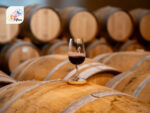

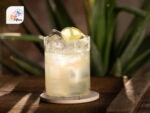
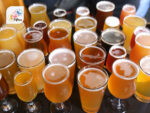
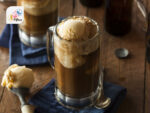

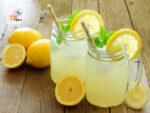
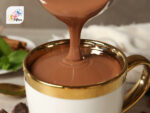
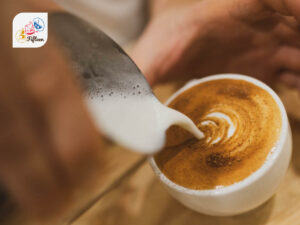
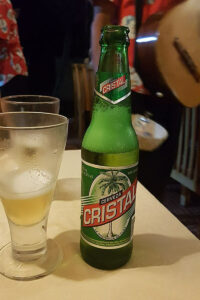

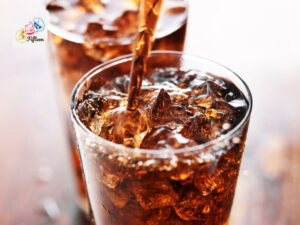
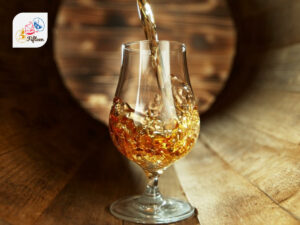
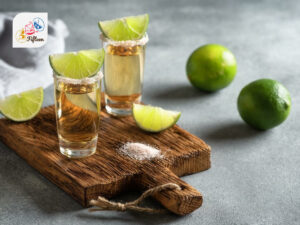
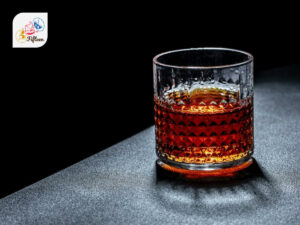
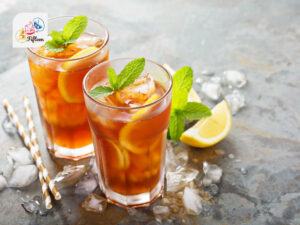
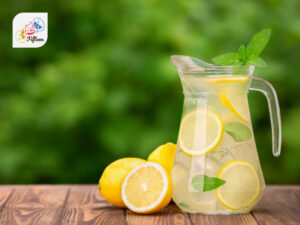
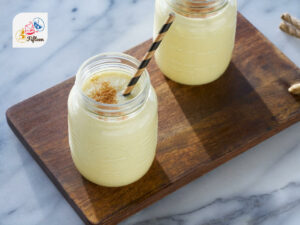
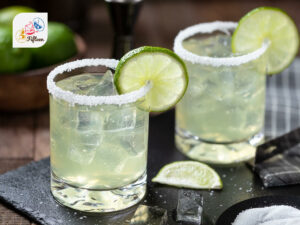
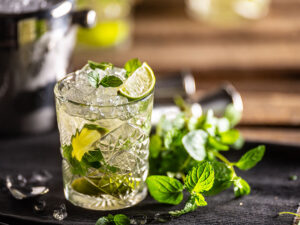
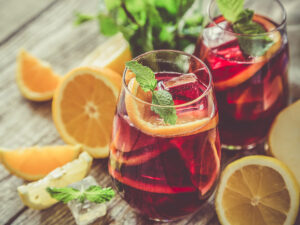
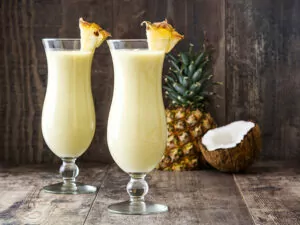
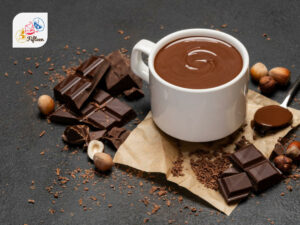
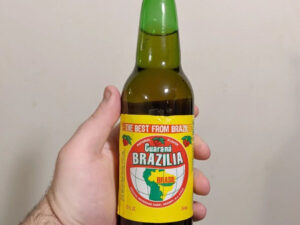
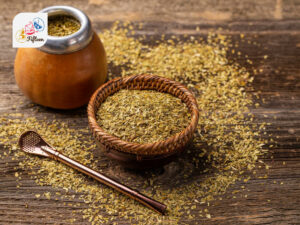
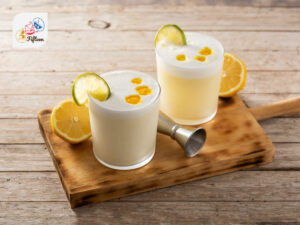
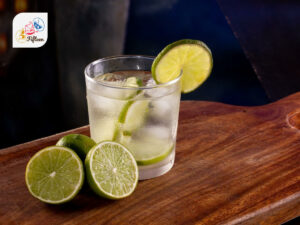
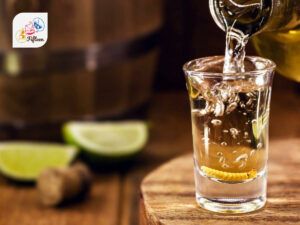
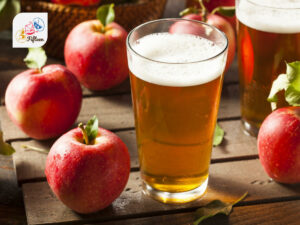
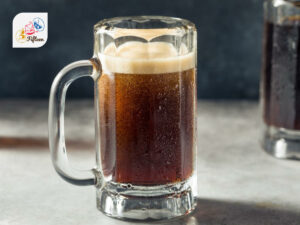
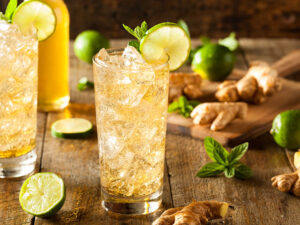
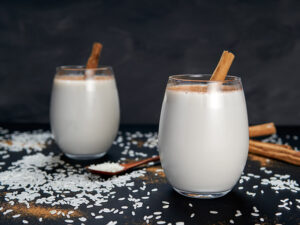
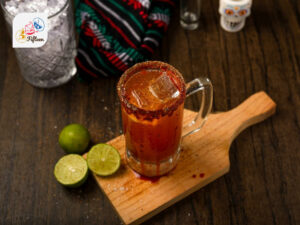
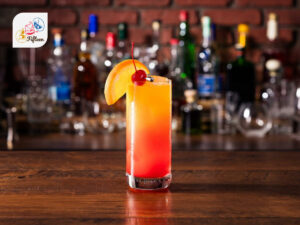
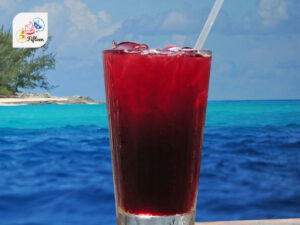
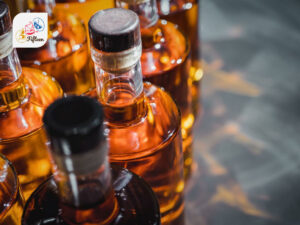
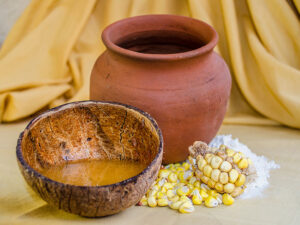
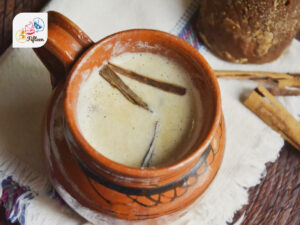
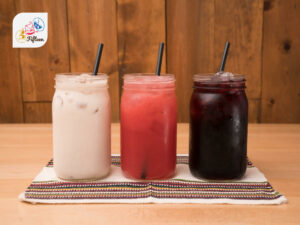
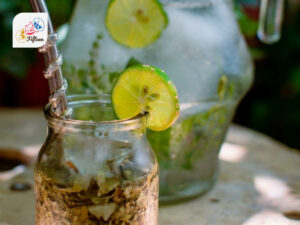
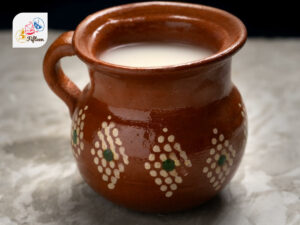
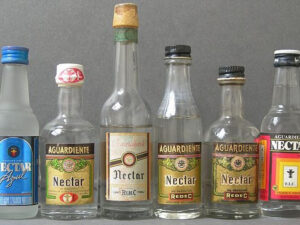
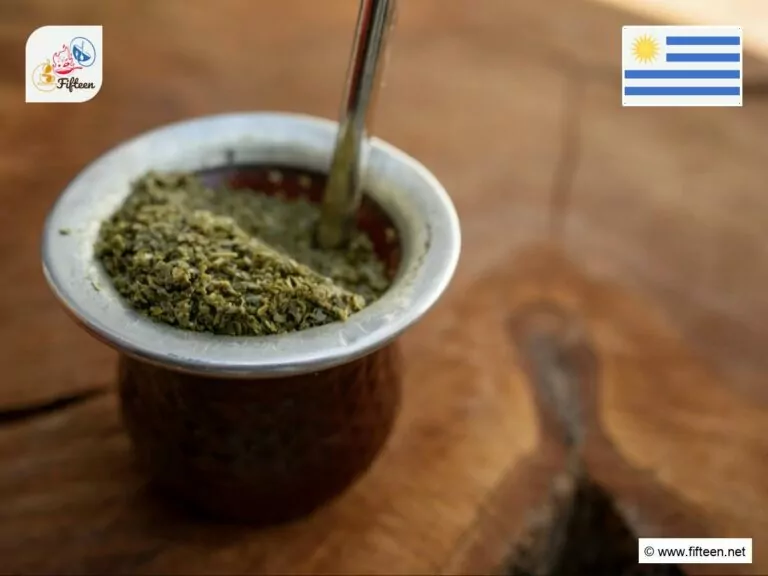
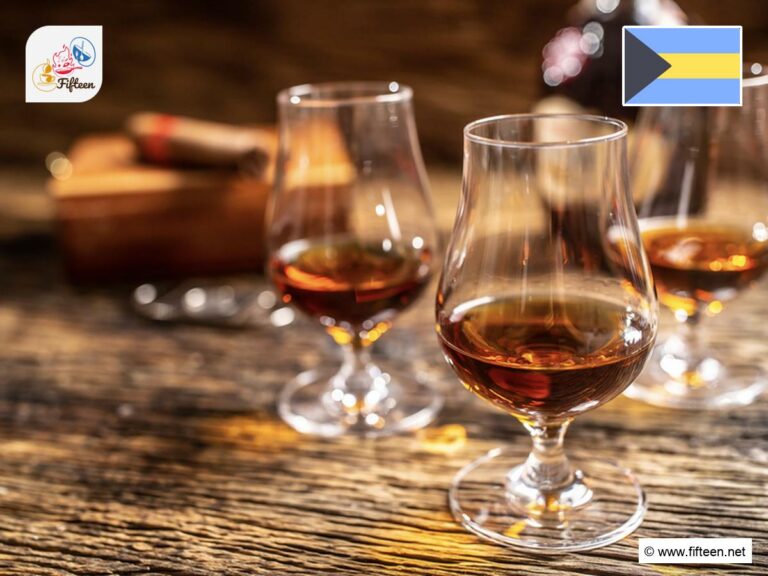
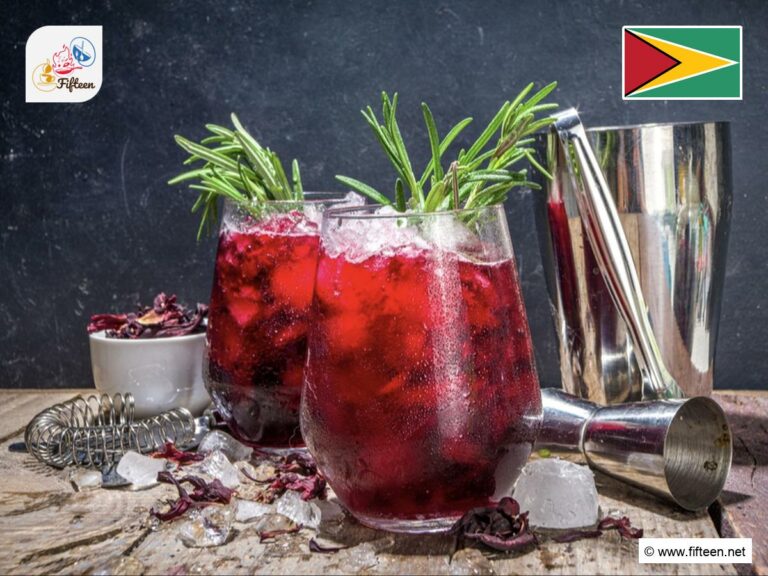
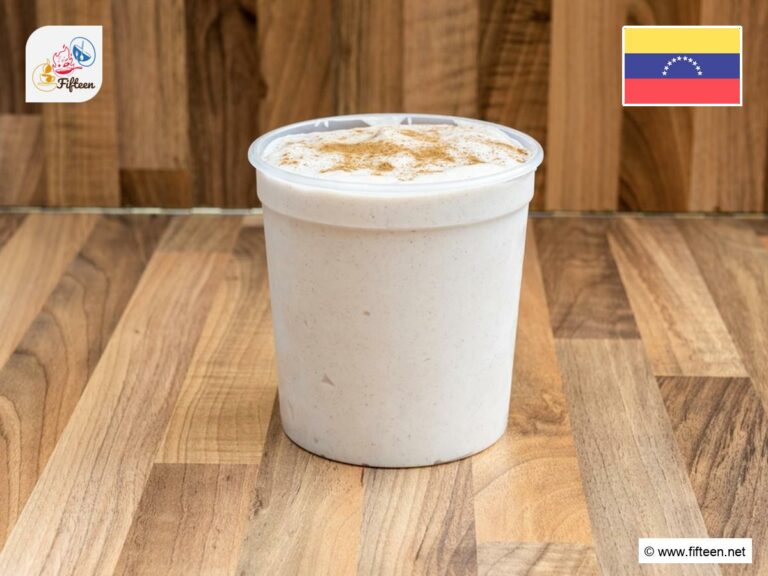
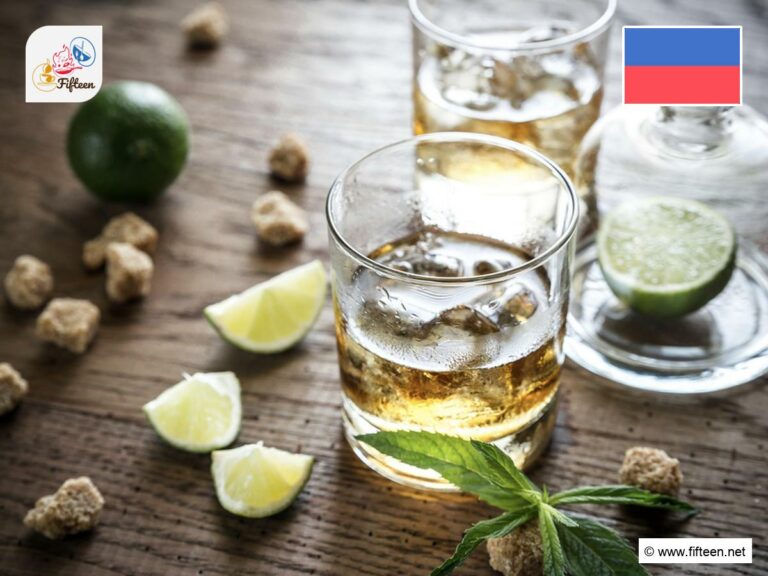
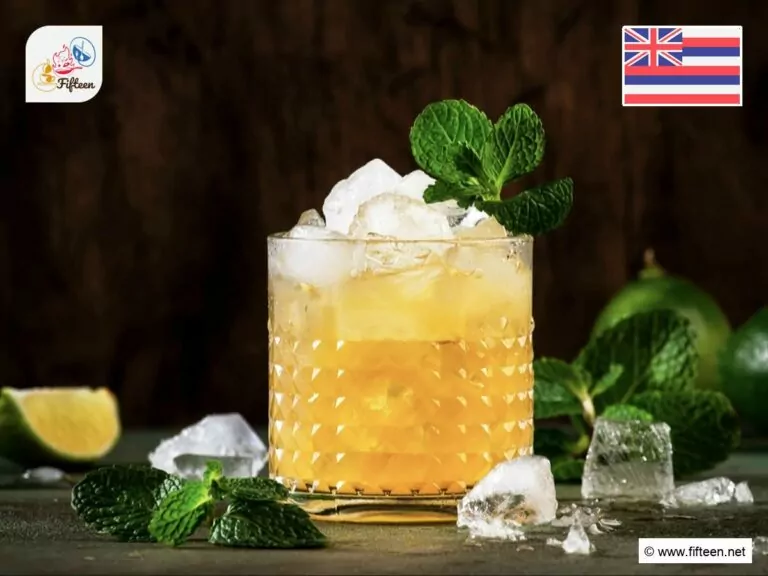
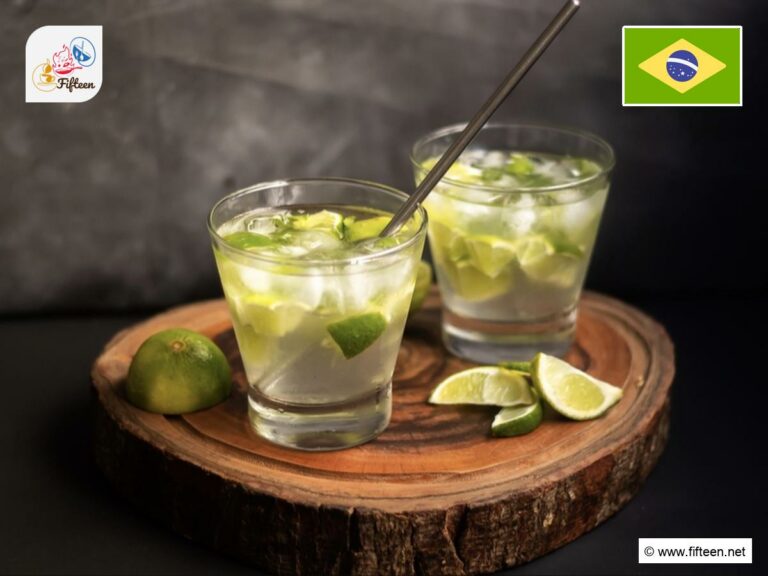
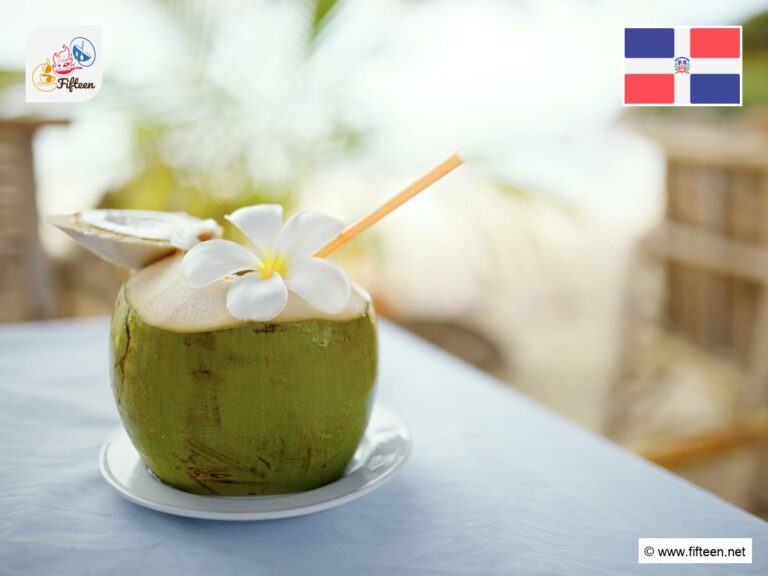
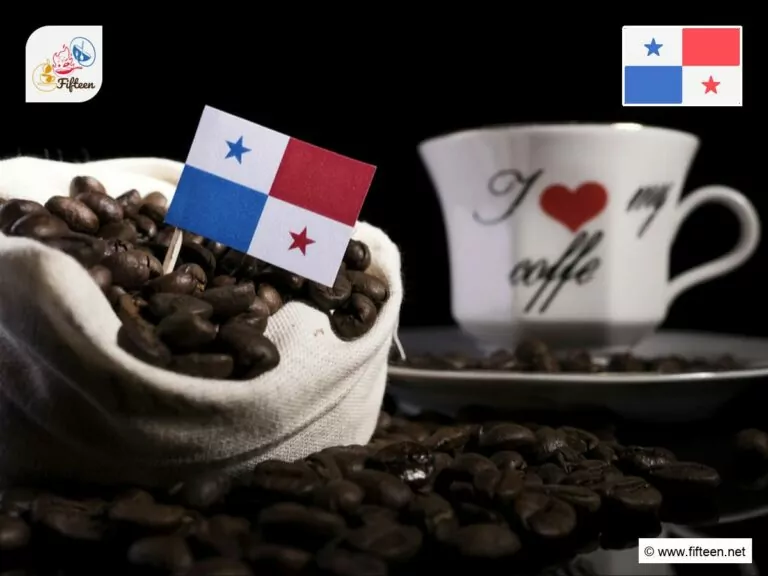
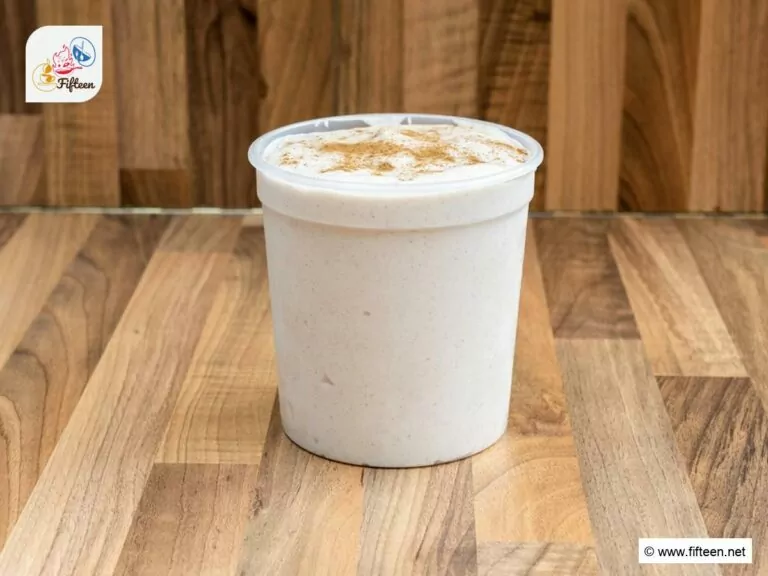
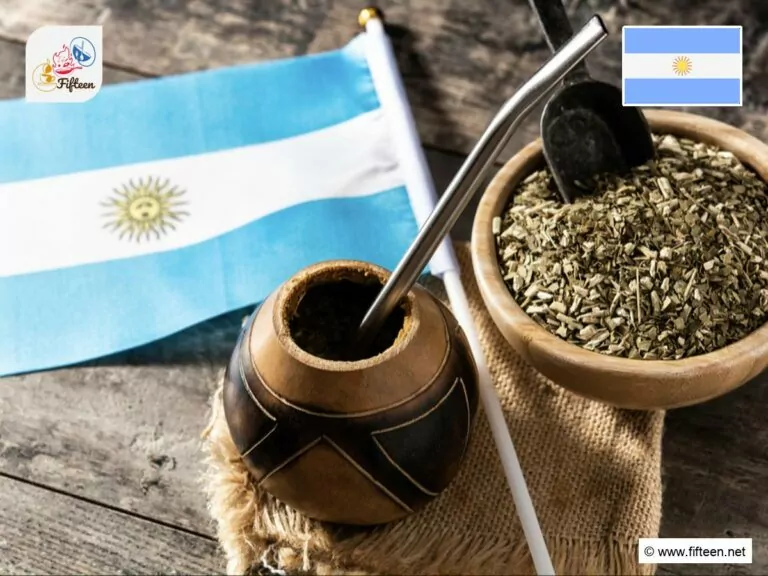
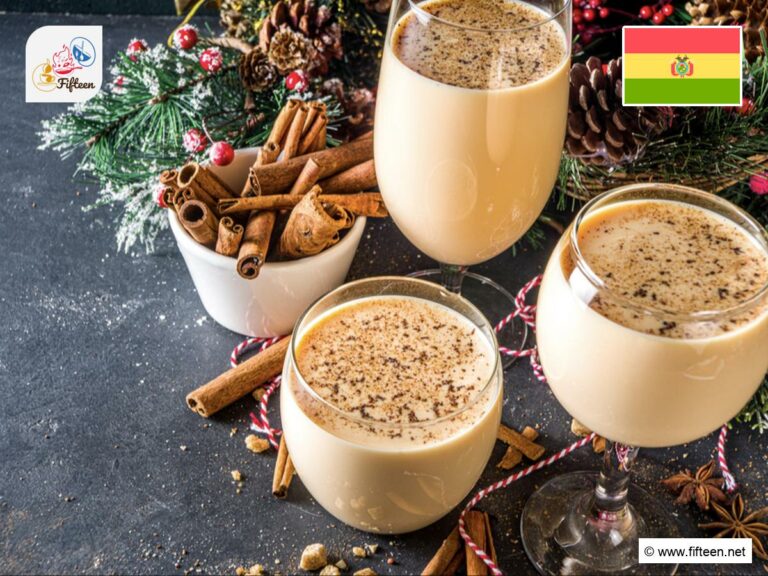
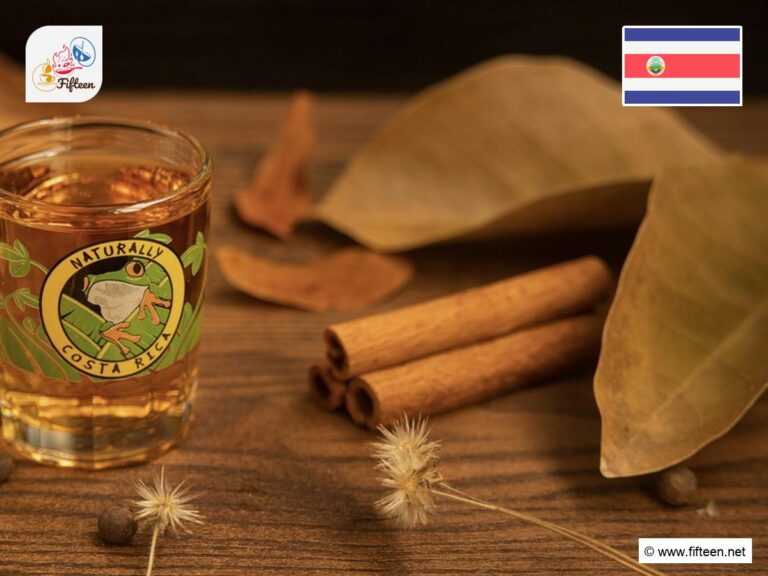
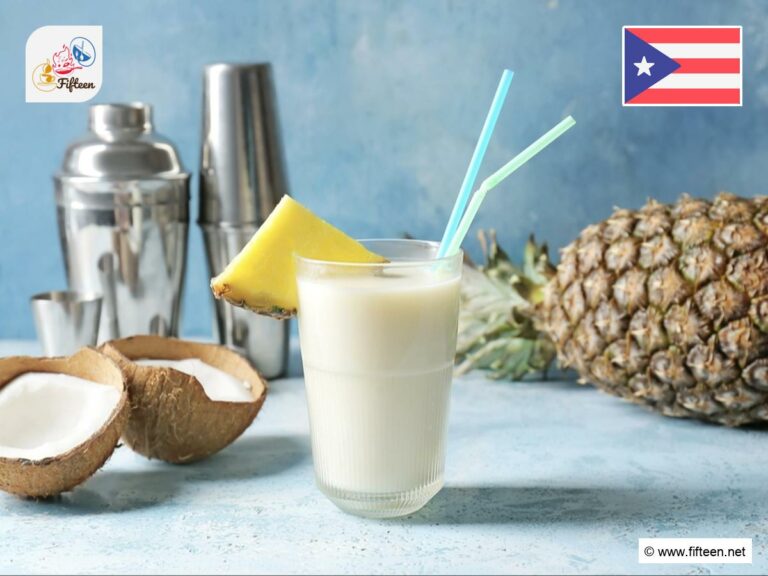
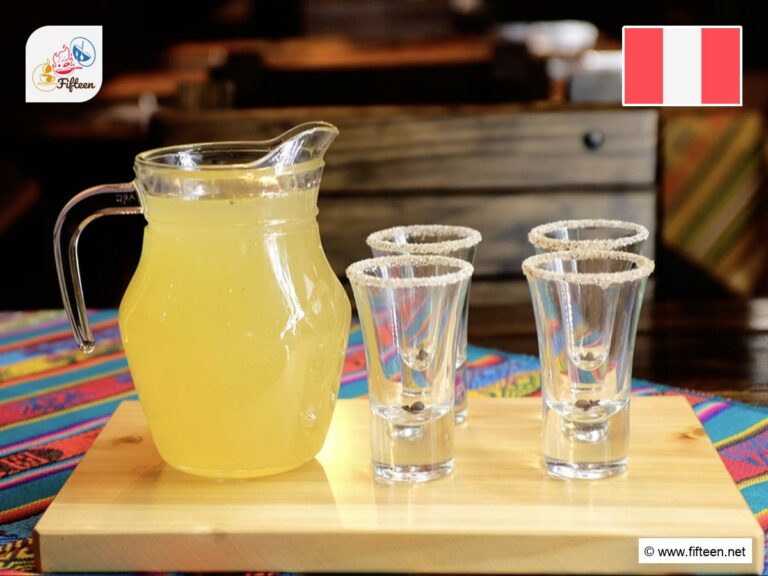
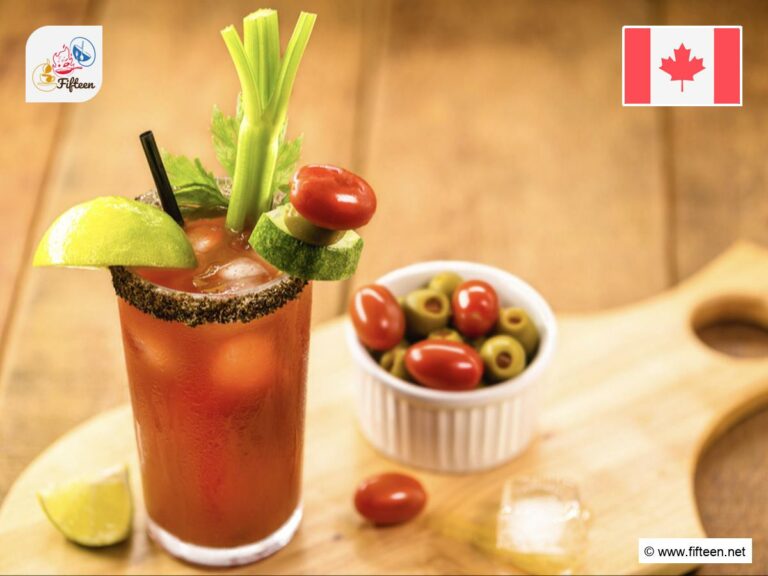
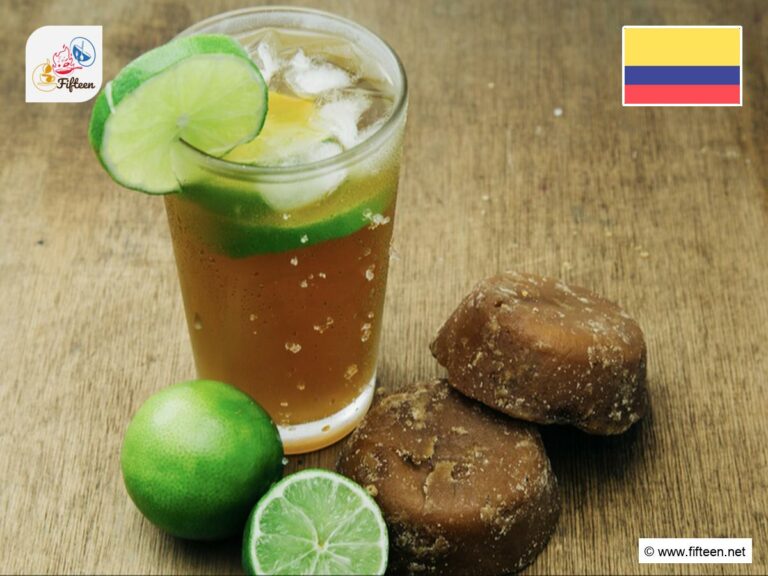
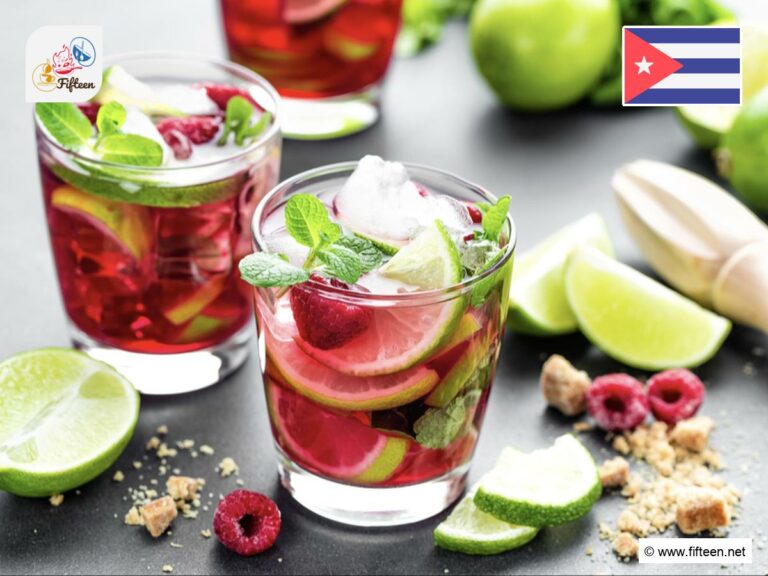
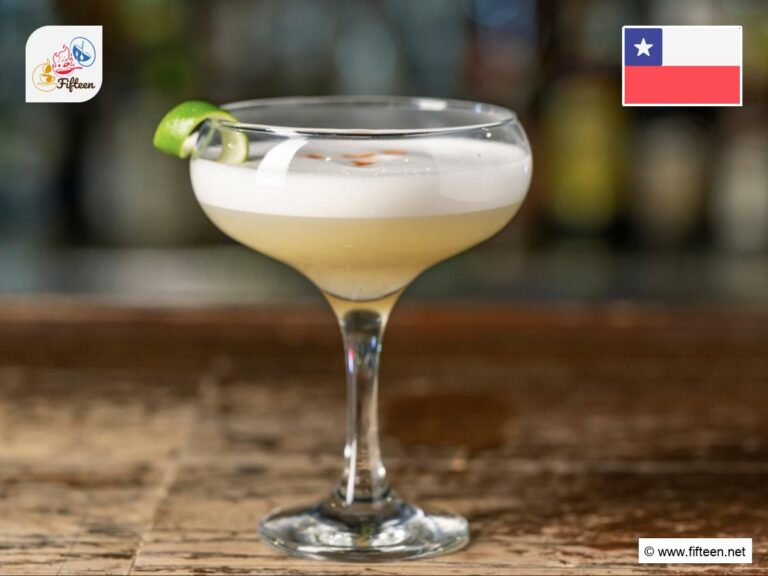
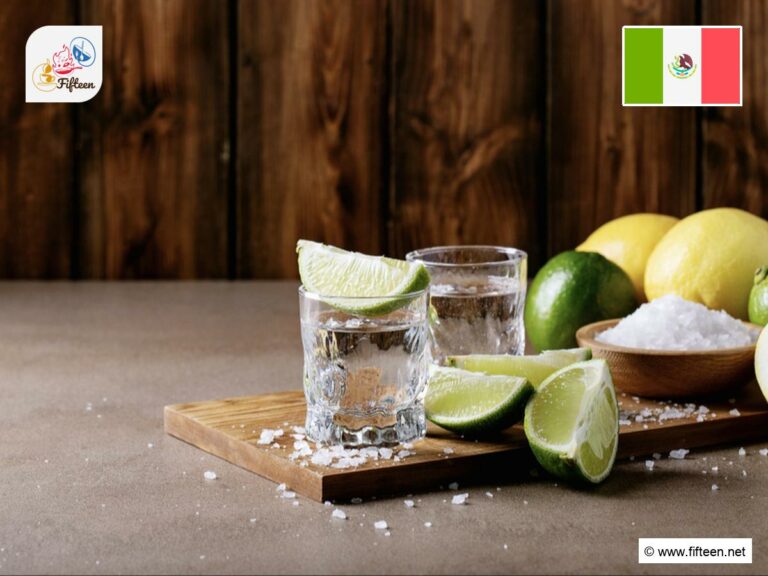
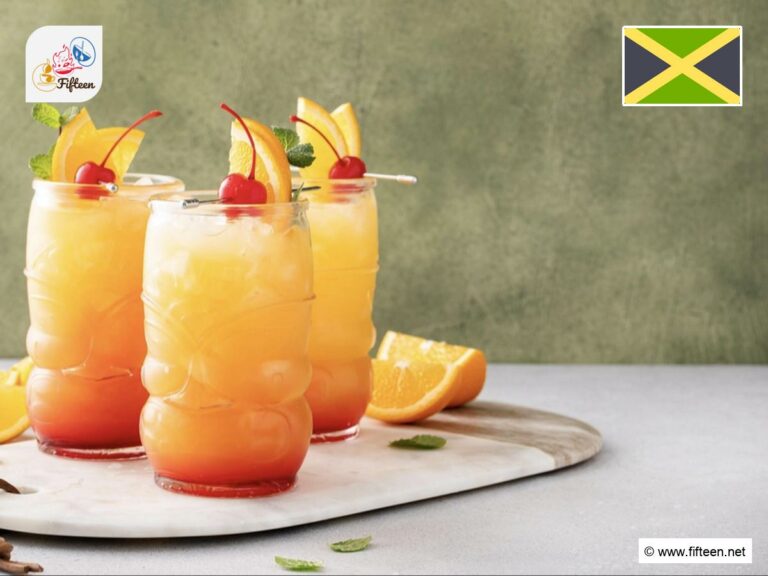
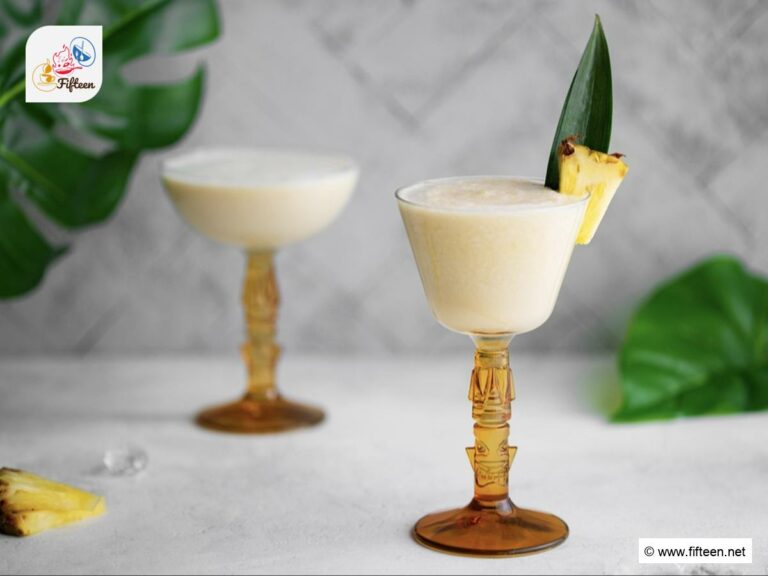
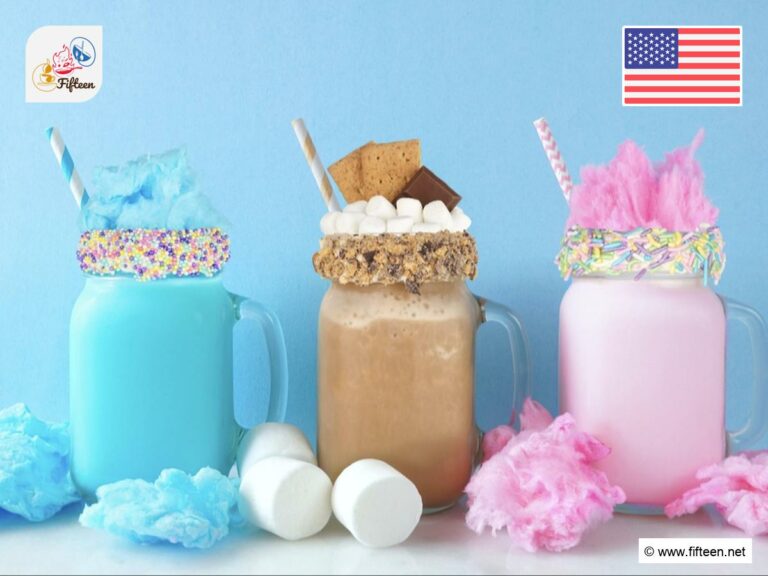
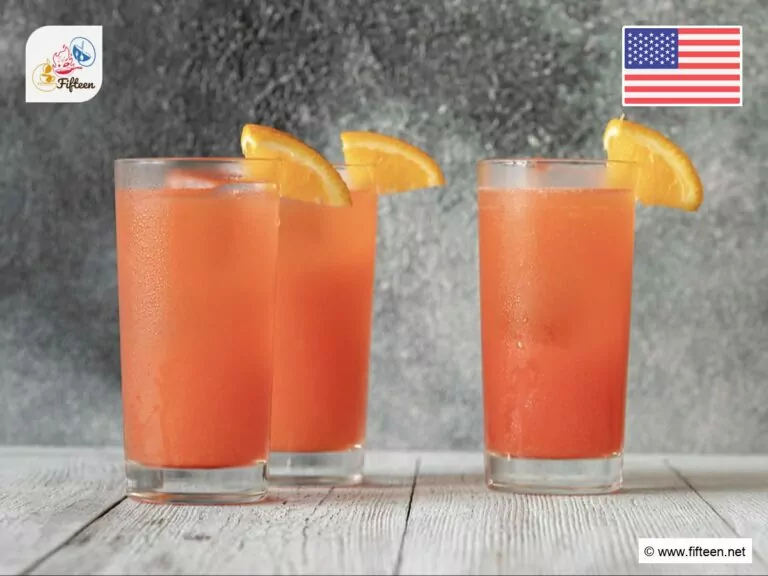
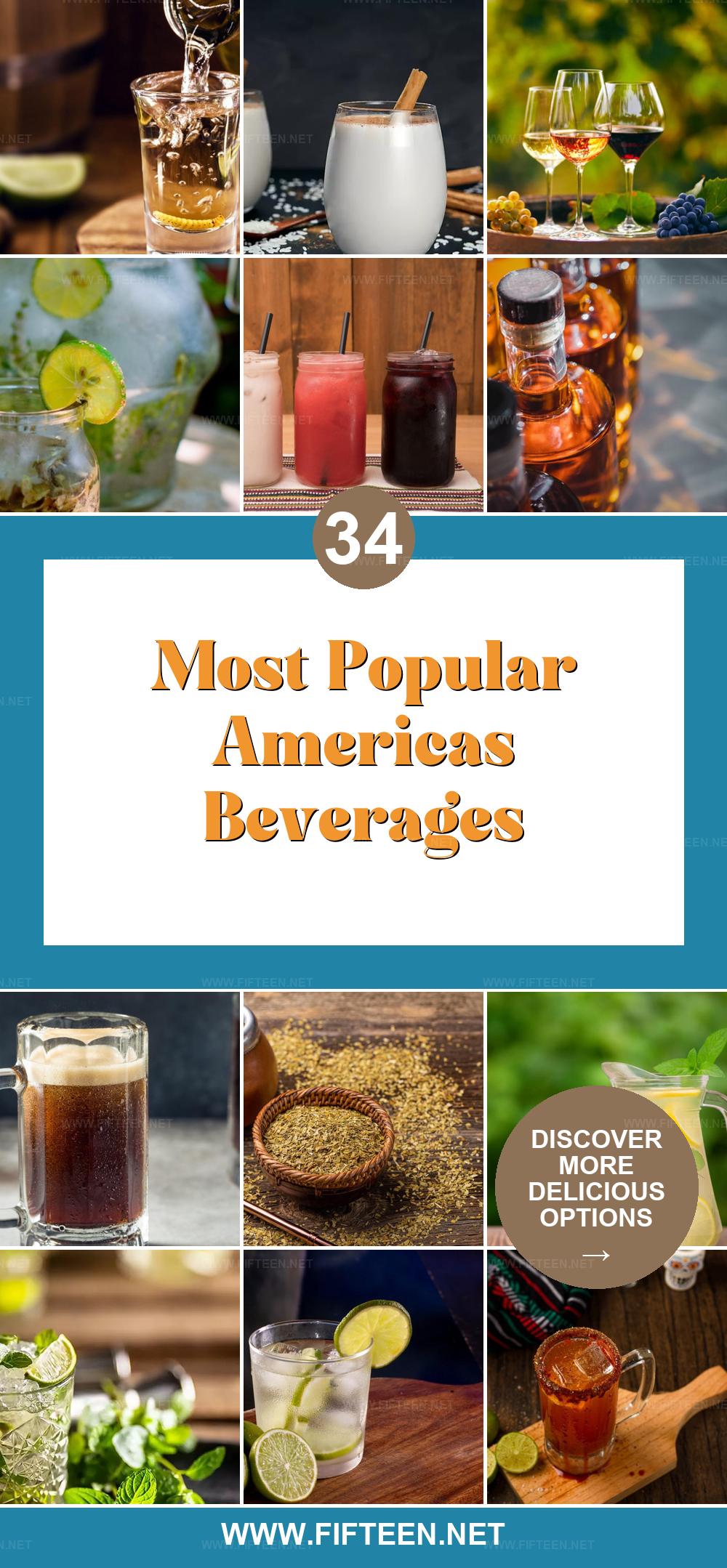
Jamie Scott
Editor in Chief, Senior Content Writer
Expertise
Home Cooking, Meal Planning, Recipe Development, Baking and Pastry, Food Editor, Cooking-video Maker, Western Food Evaluation Expert
Education
Le Cordon Bleu College of Culinary Arts
Local Community College, New York, NY
Jamie Scott is a skilled culinary expert and content creator specializing in Western cuisine. With over 15 years in the culinary field and formal training from Le Cordon Bleu, Paris, Jamie deeply understands how to blend nutrition with delicious flavors. His passion for cooking matches his commitment to making healthy eating accessible and enjoyable.
On Fifteen.net, Jamie brings a fresh perspective to classic dishes and beverages, offering readers insightful recipes, cooking tips, and a fresh view on meal planning that emphasizes taste, health, and simplicity.